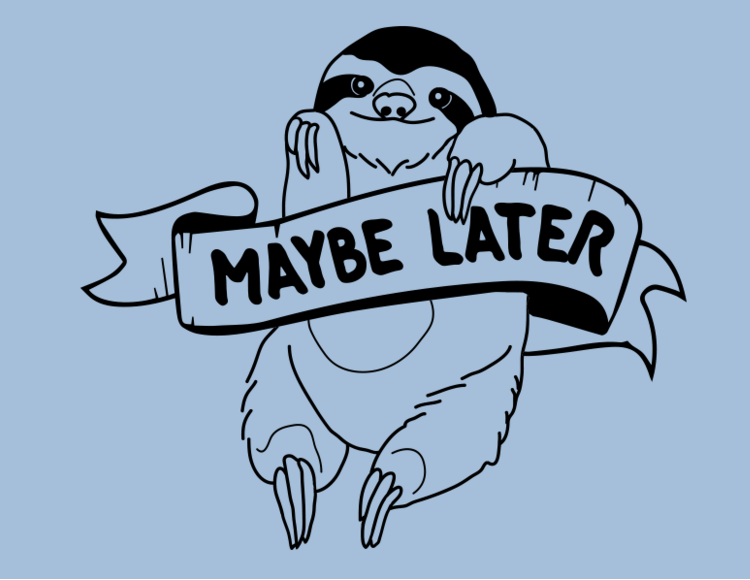“Thanks for the discussion, but we’ve have 4 years more on our contract with your competitor. Talk to you in 2021.”
— email forwarded from SaaStr community CEO this week
_______
 Once you’ve been selling for even a little while, you’ll start to assemble a list of the common “objections” to buying your app. These so-called objections will bother you, not because they are wrong per se — but because they are coming from leads. Especially, in-bound leads. I mean — why did the prospect even bother to in-bound if they aren’t interested in buying?
Once you’ve been selling for even a little while, you’ll start to assemble a list of the common “objections” to buying your app. These so-called objections will bother you, not because they are wrong per se — but because they are coming from leads. Especially, in-bound leads. I mean — why did the prospect even bother to in-bound if they aren’t interested in buying?
It’s the most common objection you’ll get in SaaS sales … Not Right Now. I Don’t Have Budget. It’s Great, But Not This Quarter.
Let’s de-pack this for a minute. No one needs another piece of business software. No one. Every business is mostly running OK already with its tech stack, and it’s unlikely your little app, alone, is going to change the revenue/profits course of any customer.
Instead, the reason most SaaS purchases are really made are >> initiatives <<. Companies have decided to improve a functional area this year. The decision may be made strategically in a big company, or sort of by the seat of the pants in a small one … but still, it’s an initiative. And these are made on an annual basis.
A company can’t do everything, every year. It can’t strategically improve sales software, financial software, quoting software, recruiting software, QA processes, call center software, etc. Certainly not all in one year. It’s too much business process change in one year.
So that means statistically, the functional area of your app be the odd man “out” at any big company. Yes — we’re interested. Just not this year.
What does that really mean?
- Well, importantly — first the losers (whose initiatives don’t win) still have champions. Even if a new ATS system didn’t make the cut this year, if your solution is not too expensive — your champion may still be able to get it done. Sorry, we aren’t spending $500k on it this year. But if your solution is $50k? Well. Maybe.
- Second, the winning initiatives need attached solutions to make them work. Salesforce won this year? Well, you may need another 10 or 20 apps to make it hum. In fact, bigger companies usually budget an extra 20% on top of whatever they pay for a Big Piece of Software — Salesforce, Workday, SAP, Marketo/Eloqua, whatever — for add-ons to make it do what they want. So if a BigCo just paid $10m a year for Salesforce — there is another $2m in ACV for attached apps up for grabs.
- Third, failing solutions from prior years still have embedded budgets. If your champion is so frustrated with an existing solution, eventually, she can use that budget to buy another solution. It usually takes 3-4 years in the enterprise for this to happens, 1-2 in SMBs. But budget can recycle, and it’s hard from the outside to understand when.
- Fourth, there’s always an “extra” budget for every VP and C-level exec. Everyone has at least a little extra budget for tools and solutions that solve their problems.
So … you just don’t know. Budget can come from multiple places. The key is getting to the right champion, and understanding her needs.
The company itself almost certainly will do fine without buying your solution this year.
But your champion at the company? She may still be looking for a win this year.
Identify her real problem in your space — if there is one. Deliver it for her. Solve her problem.
And that budget may just come from somewhere, somehow, if it isn’t too big in absolute terms.
And when you hire a real, great VP of Sales. This is what she tends to be really good at. Getting past all these objections.
Especially — “Not Now”.

